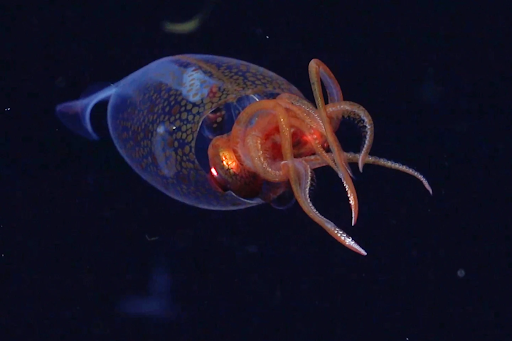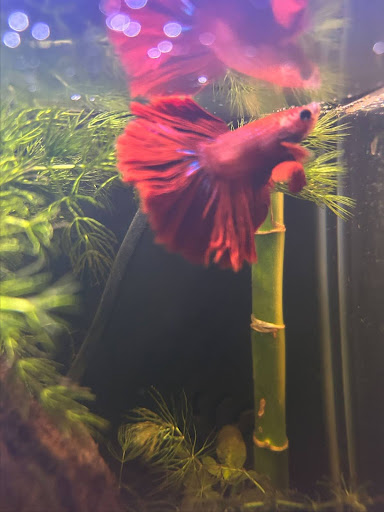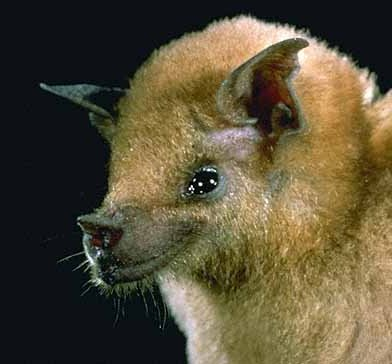Whispers of an octopus-like sea monster, so big it could be mistaken for land, dwelling beneath the ocean’s surface have floated amongst sailors for centuries. The monster, dubbed the Kraken, is said to have a taste for human flesh; it stalks ships from the depths of its habitat, ready to pounce and use its beastly tentacles to strike down, and ultimately devour, any seafarers that may travel in its wake. Though these stories have sparked fear in millions of travelers throughout the years, they are, of course, only stories. However, every story has some sort of basis in reality. The concept of a monstrously huge squid lurking under the sea is not as far-fetched as it may seem.
In 1925, the remains of what looked to be a Kraken were found inside the belly of a sperm whale. This discovery stunned scientists for many reasons; the mass of the head and arms of this squid was unlike anything that had ever been seen up to this point. The giant squid, which was discovered about 60 years prior, had never been reported to grow quite this large, and as such, it was ruled out. After some consideration, the specimen was identified, not as the Kraken, but as a colossal squid.
It has been almost exactly 100 years since the discovery of the colossal squid, and there is still close to nothing known about the life of this elusive animal. If there is one thing that is certain, however, it is that the colossal squid definitely is not the ghastly monster from the stories of paranoid early sailors. This cephalopod inhabits the freezing depths of the Southern Ocean, and very rarely, if ever, swims up to heights where it could wreck a ship, let alone eat a human.
Only eight sightings of adult colossal squid have ever been reported, six of which were remains found in the bellies of sperm whales. Despite this, the colossal squid may be a lot more common than the limited amount of reports may suggest, as stated by the Museum of New Zealand. Since these squid live in such a deep and dark climate, it has been extremely difficult to identify, let alone capture one on any sort of camera. However, on April 15, 2025, this changed, as scientists captured the first ever footage of a live colossal squid.
The squid was filmed by one of Schmidt Ocean Institute’s deep sea drones in the depths of the Southern Ocean, just off South Sandwich Islands. The specimen was only a baby, measuring about a foot in length and sporting a mostly transparent body. Adult colossal squids can measure up to 23 ft long with a mass of well over 1,000 lbs, and at some point, assumedly during adolescence, its body becomes opaque. In the video, the baby squid can be seen drifting idly around the water, emitting a soft orange glow from its eyes. The Museum of New Zealand states that this glow is a form of bioluminescence, as it is the result of a chemical reaction involving bacteria. Many squid have this same feature, especially ones who live in deeper waters where sunlight is extremely limited.
The glow isn’t the only thing that is intriguing about the squid’s eyes in this video; the eyes are also notably large compared to the rest of the baby’s body. One thing that the colossal squid has been known for through the years is its massive eyes; according to the Museum of New Zealand, they have the largest eyes of any animal ever observed. These eyes are integral to the squid’s ability to survive in the endless abyss that it calls home. The creature’s abnormally large pupils allow it to absorb every bit of the limited sunlight that can reach the depths at which the squid lives, and traverse its environment seamlessly.
Though this footage is short, and only captures a baby, it may be a gateway into all sorts of new discoveries regarding the colossal squid. It is only a matter of time before scientists are able to capture footage of an adult, and gain insight into the daily life of this mysterious creature.




















